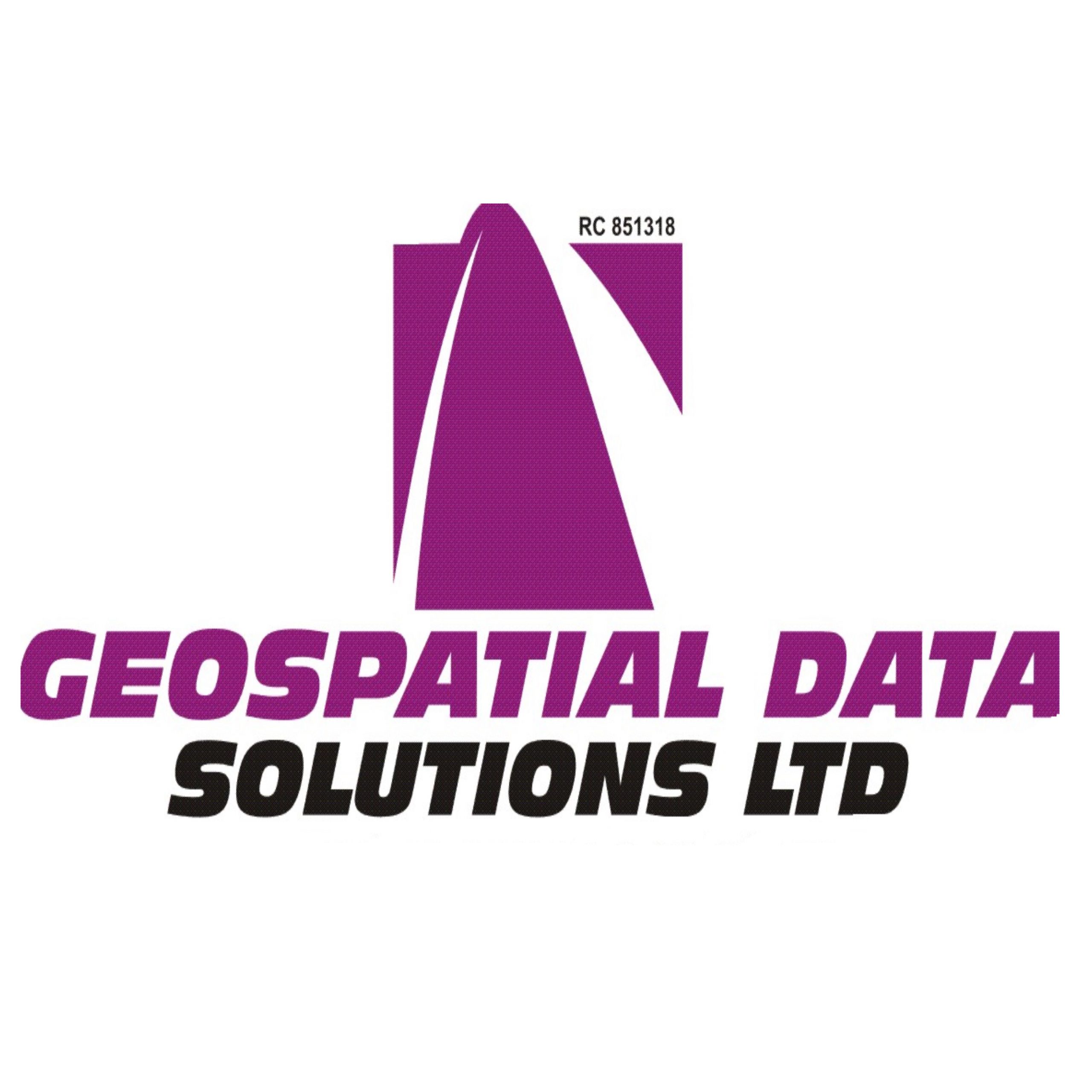Location data collected from various sources could be analyzed and transformed into strategic insight to solve a variety of business and organizational challenges.
From data creation to application development, we support various organizations by providing a business-focused rationale for the use of spatial technologies to solve real business problems by revealing deeper insights into data, such as patterns, relationships, and situations thus helping you to make smarter decisions. At GDSL, we help to optimize business decisions- from determining the best area to open a new store for improving the supply chain to creating engaging marketing campaigns thereby maximizing revenue and profits.
Location Intelligence is the collection and analysis of many sources of geospatial data that are transformed into strategic insights to solve a variety of business challenges.
How is it possible?
This technology has the ability to compile and enrich different types of large datasets such as GPS data, transactional data, sociodemographic data, traffic or points of sale data, health data, etc, to be used for deep geospatial analysis. The information is then displayed on a simple and map-centric interface which allows users to visually conceptualize the factors that affect the performance of their businesses in various locations.
Location intelligence combines business data with spatial data to communicate a correlation between the location of people, transactions, and assets. Although many businesses analyze their own data, few are looking at it from the perspective of how location data and spatial analytics can improve their business insights and analytical workflows.
How is it important for business?
Location analytics uses important metrics and key performance indicators to provide accurate insight into how the business is performing. Combining the appropriate data (e.g. retail sales) with location information (e.g. addresses, postal codes) can result in visualization methods such as heat mapping to identify hotspots at a moment in time and provide tangible insights while simply looking at spreadsheets and tables may not. Are you overspending or underspending in a certain geographic area? Common today, interactive real-time maps are used to identify correlations and patterns between the data at various geographic lenses from a national view all the way down to trade areas surrounding a store or service location.
How Location Intelligence Work?
Visualization: Interact proactively with many different sources of data at once and visualize your results at any time. Having information displayed in an easy-to-visualized way means that you can make decisions quickly and easily, without having to cipher through files and lists of information.
Analytics: Use advanced statistical analysis with big data and machine learning techniques to understand what was previously hidden. This information improves your understanding of the environment and its influencers, so you can make justified business decisions.
Data: Gain access to multiple sources of data (e.g. demographic, number of competitors, footfall traffic…). Geoenrichment is a fundamental factor when developing a business strategy; having the detailed information to target your market is essential to your performance.
